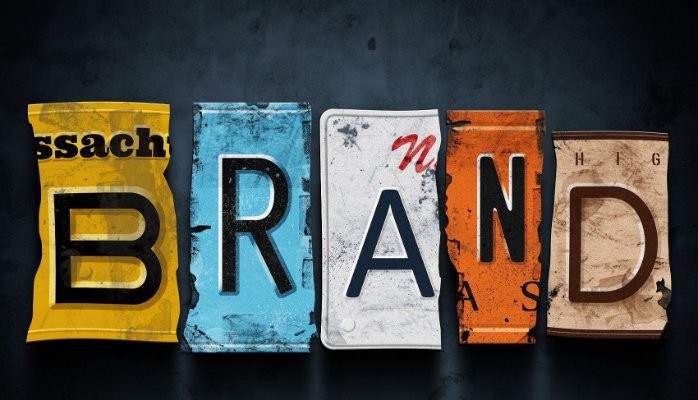By The Malketeer
In the world of business, not every brand story is a tale of unbridled success from the beginning. Some brands face adversity head-on, weathering storms and emerging stronger and more resilient than ever before. These phoenix-like transformations inspire entrepreneurs and business leaders worldwide. Let’s delve into the stories of a few such brands that rose from the ashes, unveiling the strategies that fuelled their remarkable comebacks.
1. Apple Inc.: From Near-Bankruptcy to Tech Titan
In the late 1990s, Apple Inc. found itself on the brink of bankruptcy. Internal strife and a lackluster product lineup had left the company struggling to stay afloat. In 1997, Apple made a pivotal decision by bringing back its co-founder, Steve Jobs. Under his visionary leadership, Apple shifted its focus to innovation, launching iconic products like the iMac, iPod, iPhone, and iPad. Jobs’ emphasis on design, user experience, and ecosystem integration transformed Apple into one of the most valuable and influential tech companies globally.
Innovation and Focus on User Experience: Apple’s strategy was centered on creating groundbreaking products and a seamless user experience. By aligning innovation with consumer needs, Apple not only survived but thrived, setting new industry standards.
2. Lego: Rebuilding Creativity Brick by Brick
In the early 2000s, Lego faced a crisis as electronic toys gained popularity, and the company struggled with declining sales. The Danish toy company decided to go back to its roots, emphasising creativity and imagination. Lego refocused on its core product – the iconic interlocking bricks – and introduced themed sets that appealed to a new generation. This strategic shift revitalised the brand, turning Lego into a symbol of creative play once again.
Returning to Core Values and Diversification: Lego’s strategy involved rediscovering its core values of creativity and innovation. Additionally, diversifying its product offerings allowed the company to tap into new markets and demographics.
3. Starbucks: Brewing a Comeback
During the 2008 financial crisis, Starbucks faced significant challenges as consumer spending on premium coffee declined. The company responded by closing underperforming stores, reevaluating its menu, and focusing on operational efficiency. Starbucks also invested in digital technology and loyalty programmes, creating a more personalised and convenient customer experience.
Operational Efficiency and Customer-Centric Approach: Starbucks’ revival was fuelled by operational improvements and a deep commitment to customer satisfaction. The company’s focus on technology and personalised engagement set the stage for its resurgence.
4. Nintendo: A Gaming Renaissance
Nintendo, once a dominant player in the gaming industry, faced tough times in the mid-2000s with the underwhelming performance of its GameCube console. The company bounced back with the introduction of the Nintendo Wii, a revolutionary gaming console that appealed to a broader audience. Nintendo’s innovative approach to gaming, incorporating motion controls and family-friendly games, brought the brand back to the forefront of the industry.
Innovation and Market Expansion: Nintendo’s strategy involved pushing the boundaries of gaming technology and expanding its target audience. The success of the Wii demonstrated the importance of innovation and adaptability in a rapidly changing market.
The rise of these brands’ from adversity teaches us valuable lessons about resilience, strategic thinking, and innovation. Whether through visionary leadership, a return to core values, operational efficiency, or groundbreaking products, these companies crafted strategies that not only revived their fortunes but also positioned them as industry leaders. Their stories inspire businesses to embrace change, stay true to their essence, and turn challenges into opportunities for growth and success.
MARKETING Magazine is not responsible for the content of external sites.









